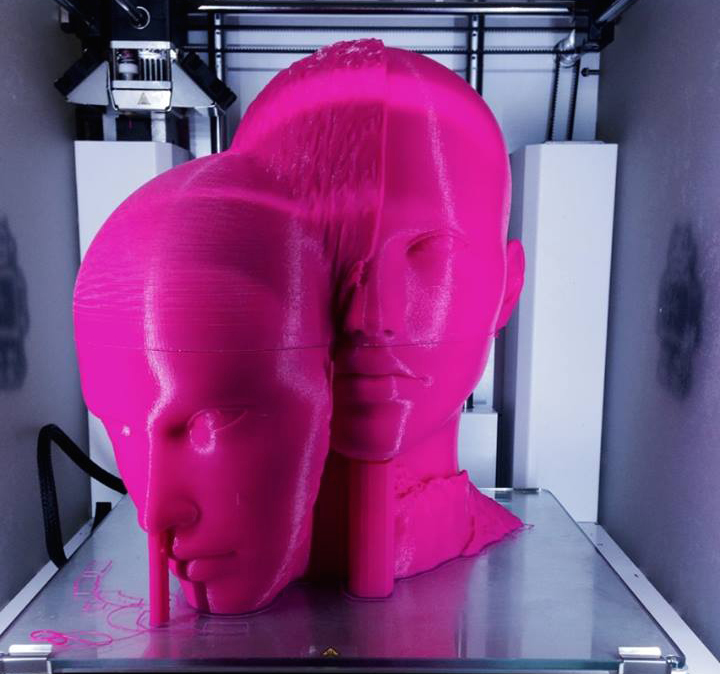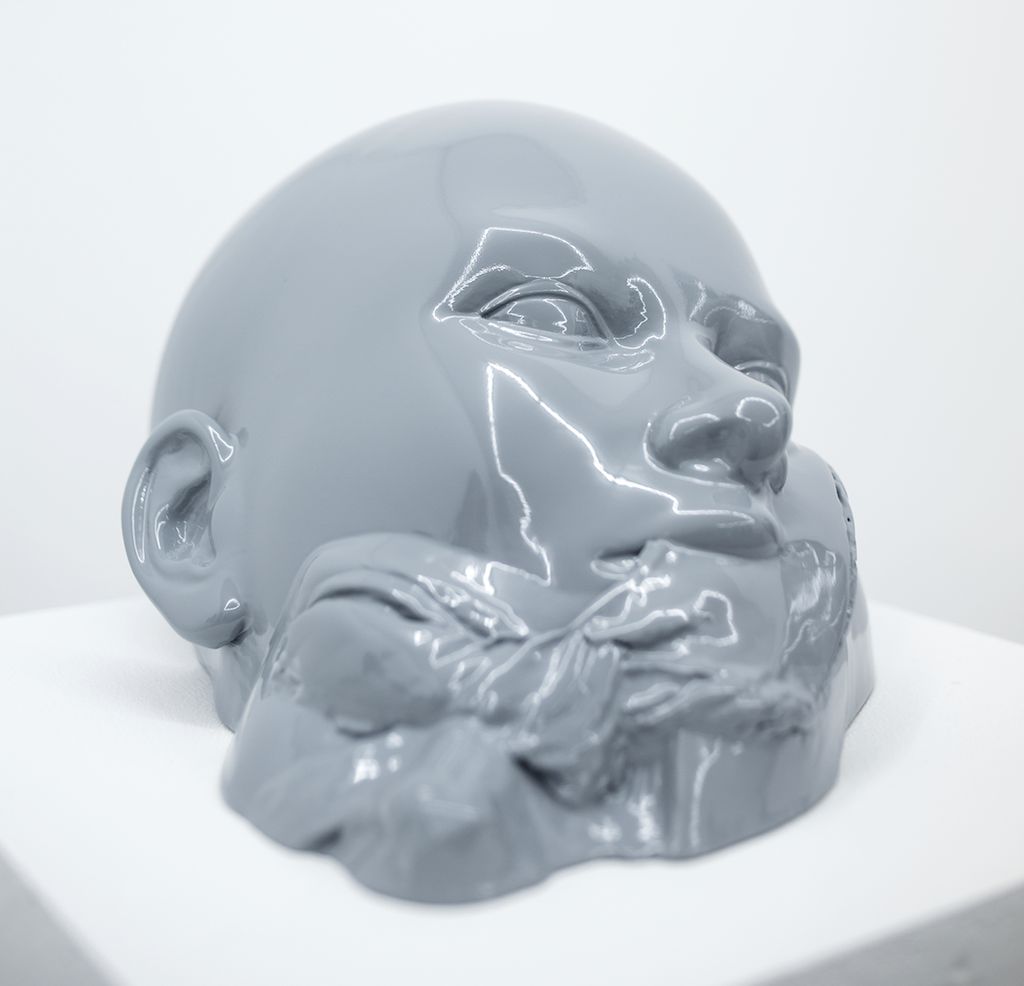
This week’s selection is the striking “Collision” by Berlin-based artists Andrzej Wojtas Jendrek and Ewelina Aleksandrowicz.
The piece is part of their new collection, “Unidentified Fabulous Objects”, which includes a variety of similar pieces. Any of them could have been selected as Design of the Week, but for some unexplained reason we like Collision. Please check out their site to view the other pieces.

Amazingly, these astonishing works are produced on an inexpensive Ultimaker 2 personal 3D printer with ColorFabb filament. The team’s objects deserve very smooth surfaces and while they run their Ultimaker 2 at extra slow speed at 0.1mm layer size, we wondered how they do it. Jendrek explained:
If there are no major issues we are getting fairly smooth objects. But due too the nature of aesthetics of our forms, we are fond of we really need ultra smooth surfaces hence we spend quiet a bit of time on post-processing of the printed objects. In the beginning we were thinking about outsourcing the process of finishing the pieces however we settled for now with doing it on our own.

And the finishing process itself?
We are still searching for the best techniques and paints. We have our own airbrush but our conditions at the studio are not ideal for such a work. We put at least 4 layers of different paints – 2 primer layers, base coat and then actual paint. After each layer we have to wait at least 24 hours and then sand it with wet sand paper. It takes up to 2 weeks to make an ideal object. At the moment we are using synthetic enamel like paints. We also have been experimenting with holographic, chameleon acrylic paints and we want to research more types of coatings in the near future.
The two artists had been developing 3D animations for some time as seen in the video above, but eventually they decided to transform their concepts into physical objects, resulting in these amazing works. Jendrek says:
For us 3D printed sculptures were ideal complement of the topic we usually work on – the dialog between synthetic and organic – the technology and how we construct our identity by interaction with it.
We’re looking forward to new works from Berlin.

